As the new year begins, millions of Americans are hoping to receive a direct payment of $227, $784, or $1,069 in January 2025. These payments, distributed by the Social Security Administration (SSA), aim to support vulnerable individuals and families during a time of rising inflation and financial uncertainty.
If you’re a low-income senior, disabled individual, or already receiving SSA benefits, this article explains who is eligible, when the payments arrive, and what you need to do to receive yours.
What Are These Payments and Why Do They Matter?
The $227, $784, and $1,069 payments are additional financial support for eligible recipients of SSI (Supplemental Security Income), SSDI (Social Security Disability Insurance), and VA benefits. These amounts vary depending on your individual circumstances, such as:
- Current benefit amount
- Household size
- Income level
- Disability or age status
These payments are designed to supplement regular monthly benefits, helping recipients cover rising costs of living, including:
- Rent and utilities
- Food and groceries
- Medical needs and prescriptions
- Transportation and care expenses
Who Qualifies for the January 2025 Direct Payments?
1. Seniors and Individuals with Disabilities
To qualify, you must be:
- 65 years or older, or
- Diagnosed with a disability that limits your ability to work
2. Low-Income Households
Your income must be at or below the federal poverty threshold, which in 2025 is approximately:
- $14,580 for an individual
- $19,720 for a household of two
- $30,000 for a family of four
These limits help ensure the payments go to those who need them most.
3. Current SSA, SSDI, or VA Benefit Recipients
If you’re already receiving:
- SSI
- SSDI
- Veterans’ benefits
…you are likely automatically eligible for these extra payments. There’s no separate application required for most people.
4. Legal Residency Status
You must be a U.S. citizen, legal resident, or meet specific immigration requirements, such as holding a green card or being a legal refugee.
What Do the Amounts Mean?
Each payment amount reflects different benefit levels or financial needs:
- $227: Smaller supplemental payment for those already receiving stable support
- $784: Common for single low-income seniors or disabled adults
- $1,069: Higher payment for those with greater need or larger household sizes
Example:
Sarah, 68, lives alone and receives $900/month in SSI. She may qualify for an additional $784.
Tom and Lisa, a couple on SSDI with two children, could receive $1,069 to help with rising family expenses.
How to Check If You’re Eligible
Step 1: Log in to Your SSA Account
Visit ssa.gov and go to your “My Benefits” section to see your current status.
Step 2: Check Your Income
Compare your total income against the federal poverty guideline for your household size.
Step 3: Update Your Information
Make sure your bank details, mailing address, and income information are current. You can do this online through the SSA portal or by calling their helpline.
When Will You Receive the Payment?
The direct payments will be issued in January 2025, typically on the same schedule as your regular Social Security benefits, based on your birth date:
| Birth Date Range | Payment Date |
|---|---|
| 1st – 10th | Week of January 8–10 |
| 11th – 20th | Week of January 15–17 |
| 21st – 31st | Week of January 22–24 |
If you receive SSI or SSDI and started before May 1997, you’ll likely get paid on January 3, 2025.
How Will the Payments Be Sent?
- Direct Deposit: Fastest and most secure. Make sure your bank info is up to date with the SSA.
- Paper Check: Mailed to your last known address if no direct deposit is set up. Delivery may take longer.
Tip: Avoid Delays
Update your account details, especially bank information and address, as incorrect or outdated info can delay your payment.
What If You Don’t Receive Your Payment?
If you believe you qualify but haven’t received anything by the end of January:
- Check your SSA account online
- Call SSA directly at 1-800-772-1213
- Visit your local Social Security office if needed

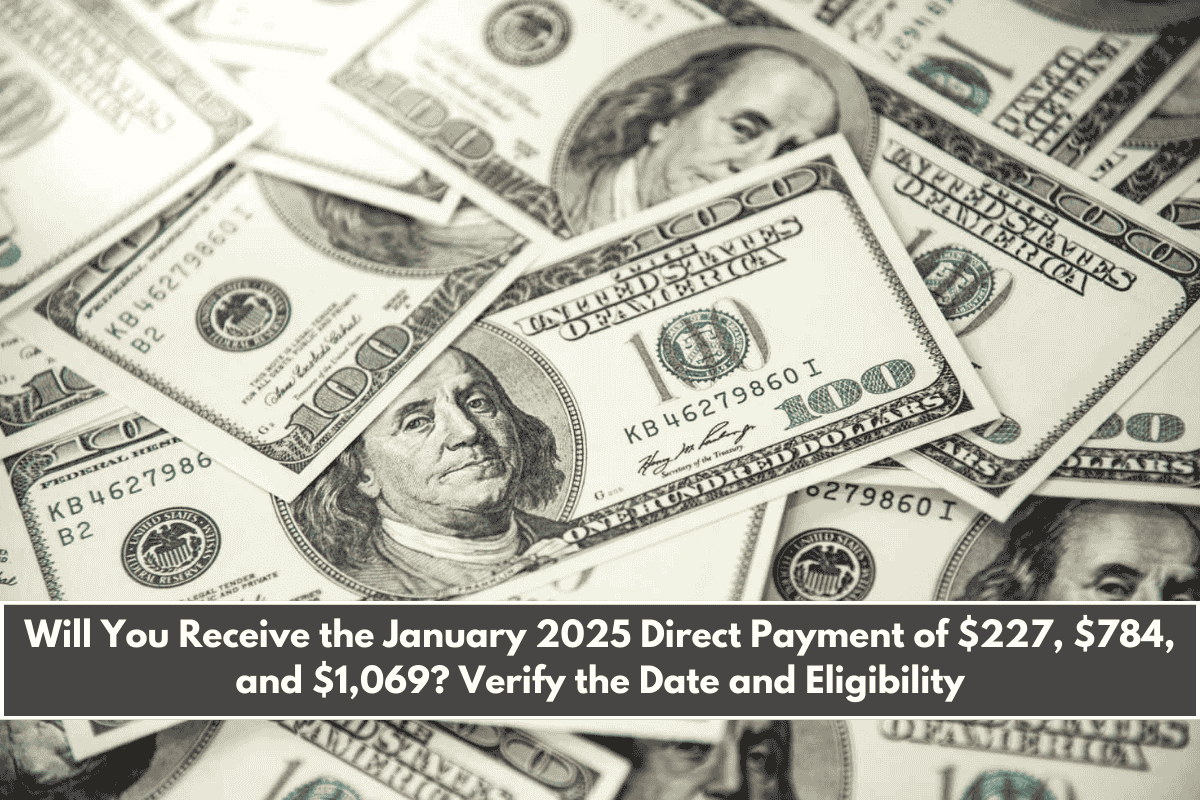
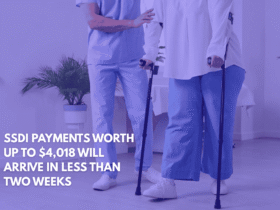




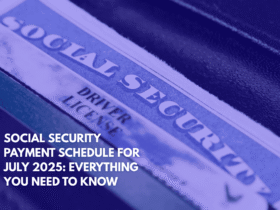
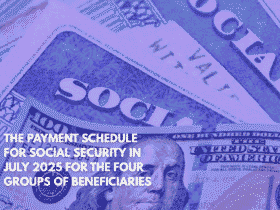
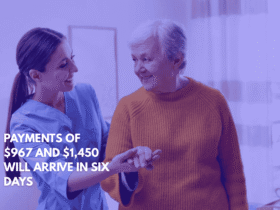
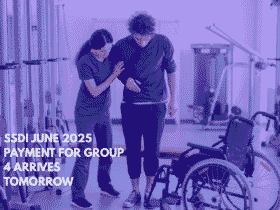
Leave a Reply